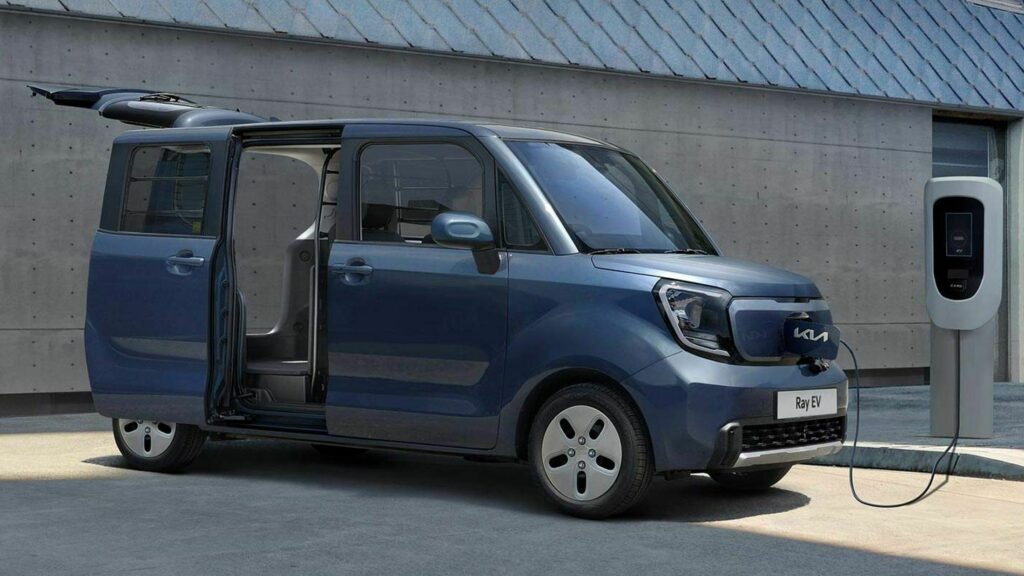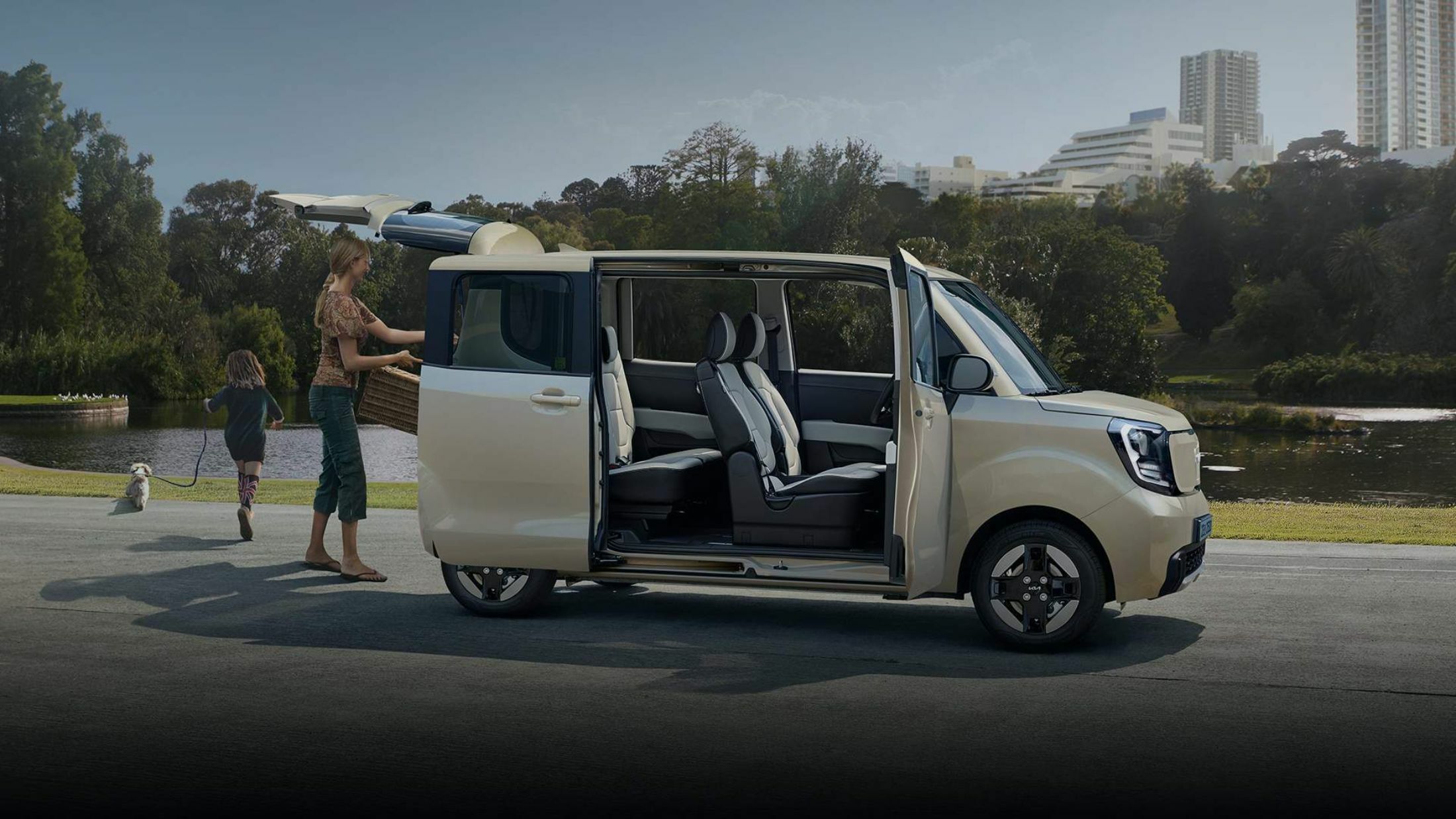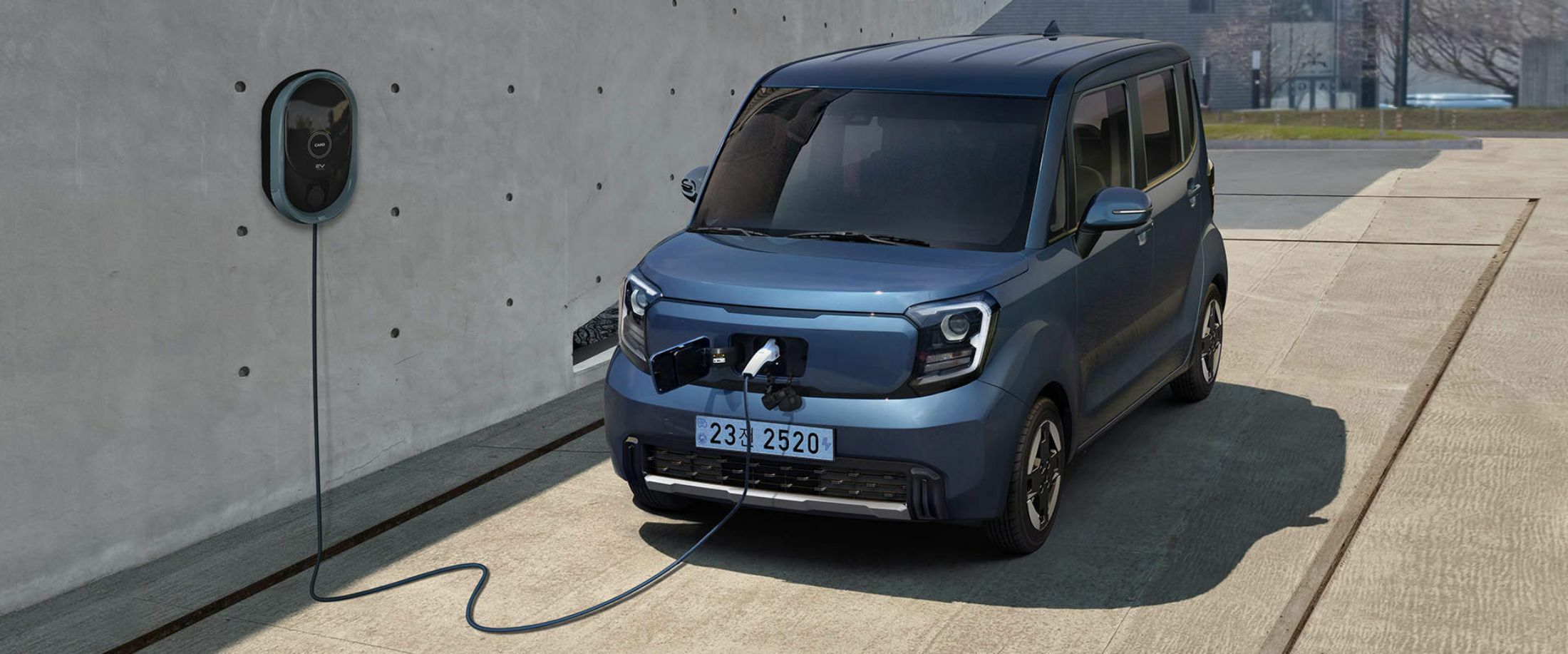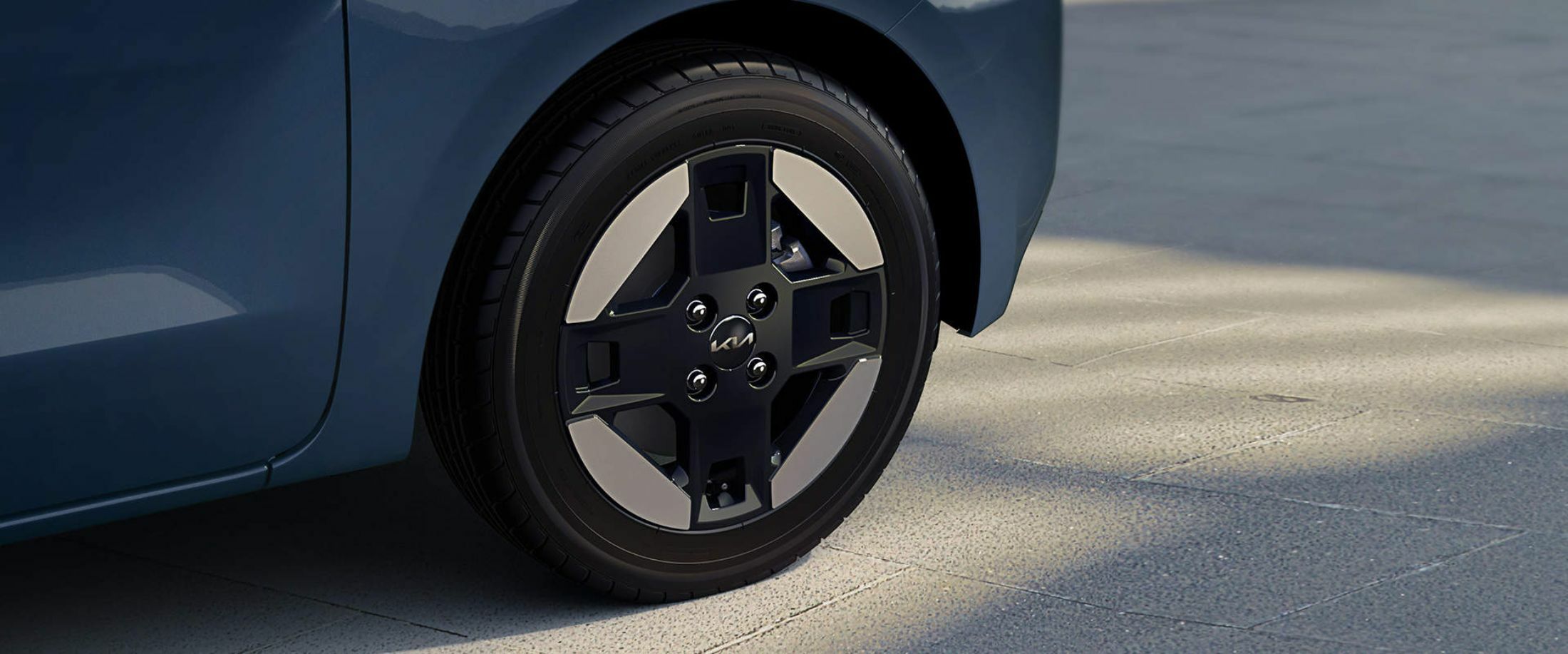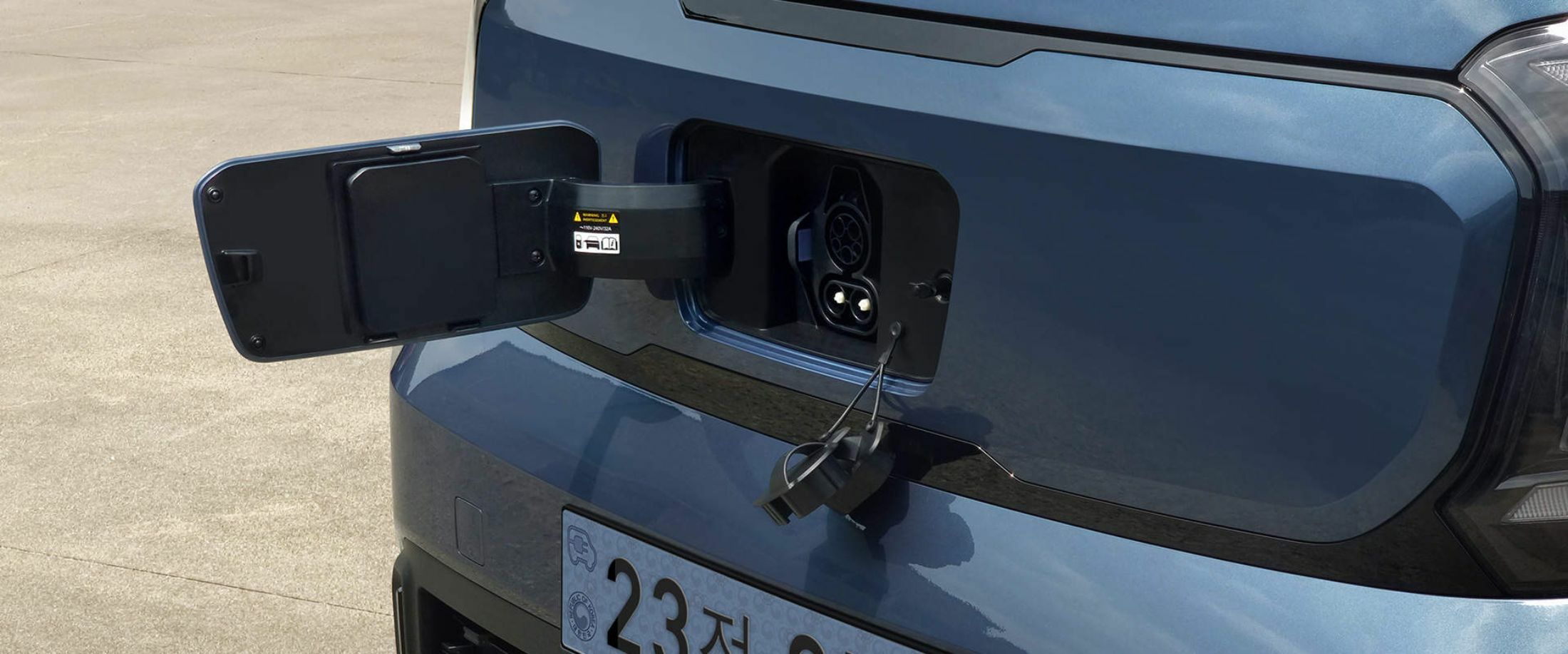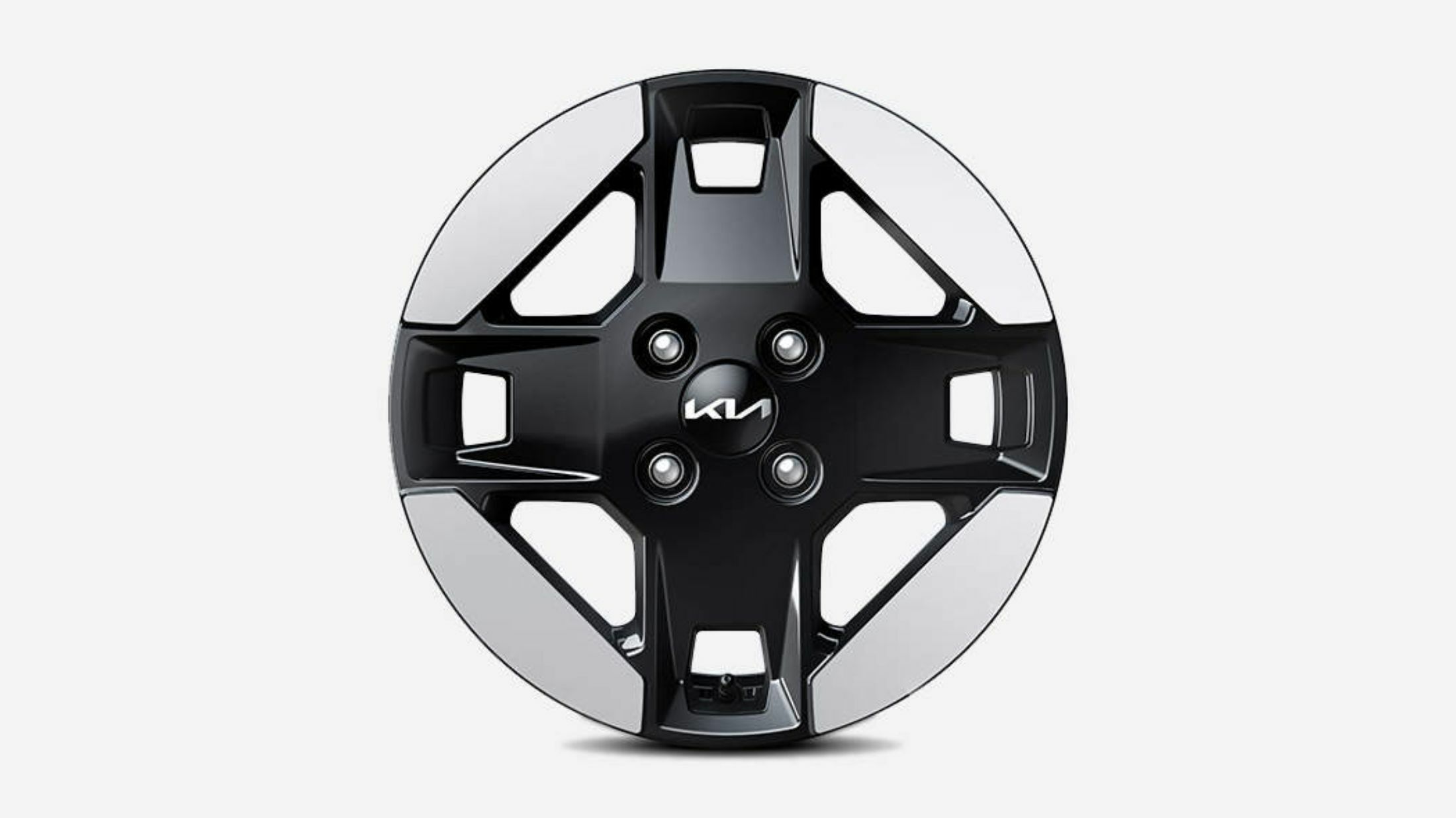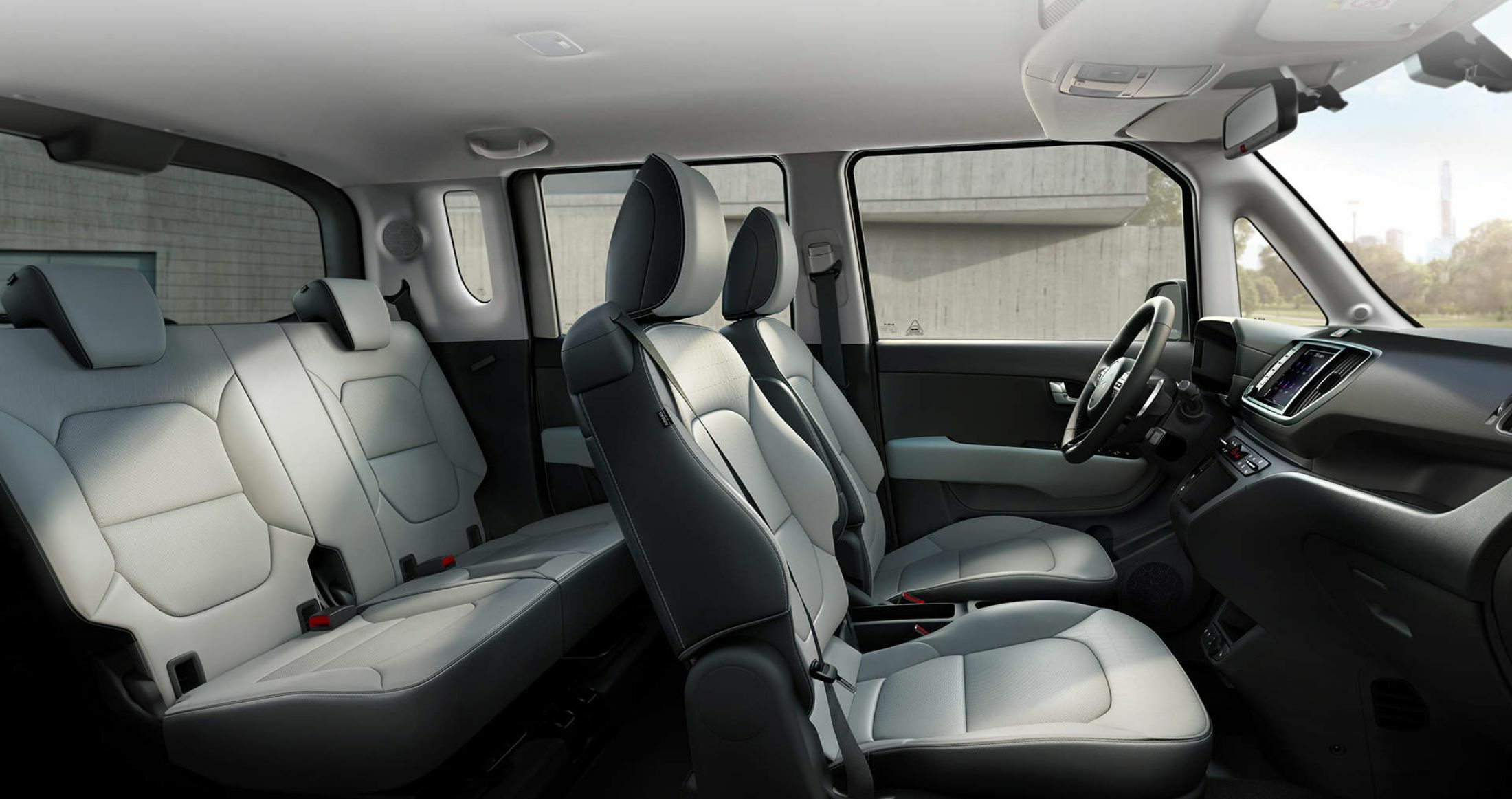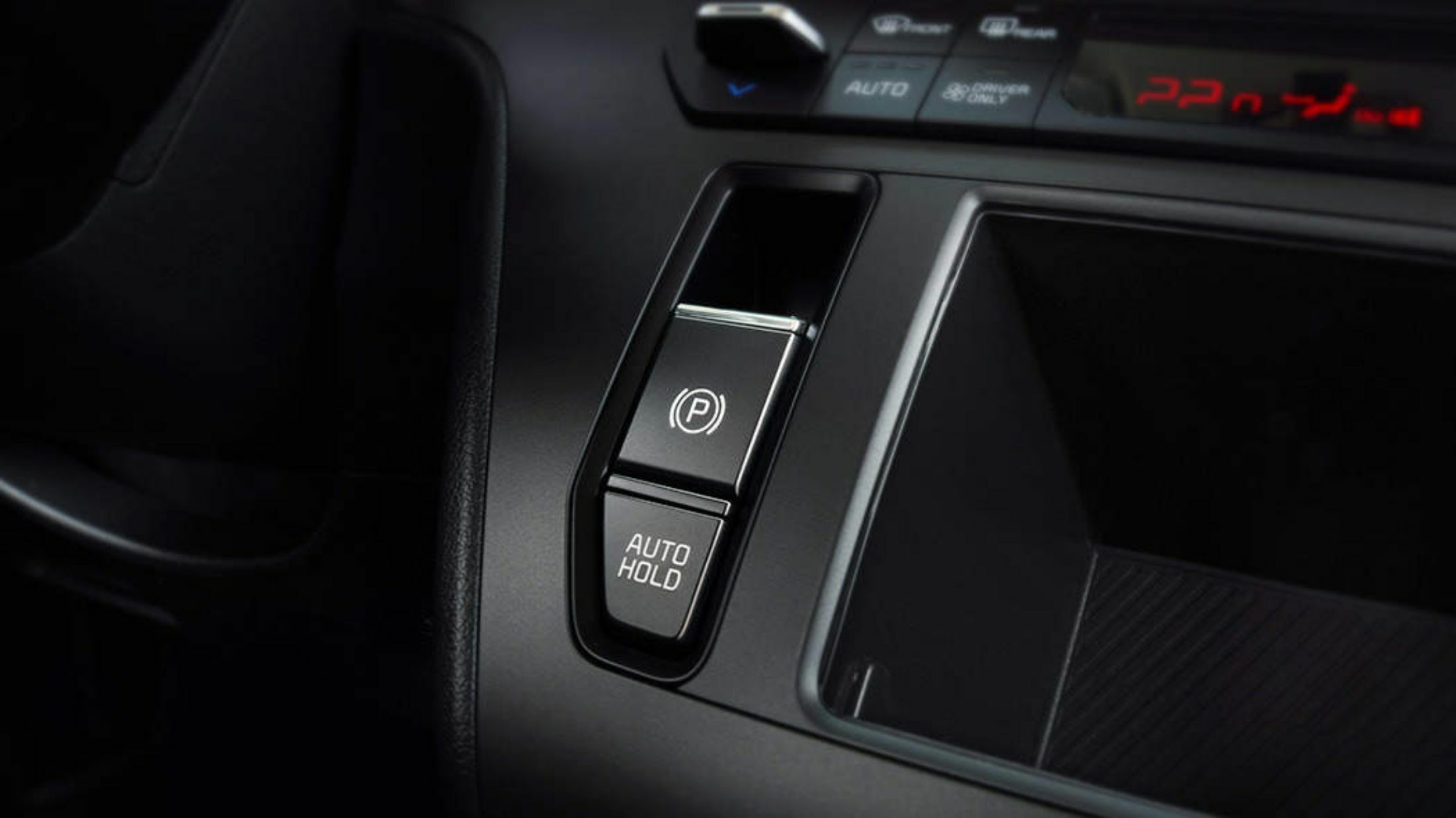As we wait for a couple of all-new electric models to be unveiled on the Kia EV Day later this month, let’s check out another recently updated Korean EV which is a lot smaller and only available in South Korea. We’re talking about the facelifted Kia Ray EV, arriving a year after the updated ICE-powered version with a new electric powertrain.
For those not familiar with Kia’s Korean lineup, the Ray is a more practical but similarly-sized alternative to the Morning (also known as Picanto). It was introduced in 2011, receiving facelifts in 2017 and 2022 with the latter being the most extensive. Now it is the turn of the Ray EV to receive a number of updates, to make it more desirable to buyers and allow Kia to keep it on sale for a few more years.
More: Study Of Global Online EV Searches Reveals Not Everyone Dreams Of Tesla Ownership
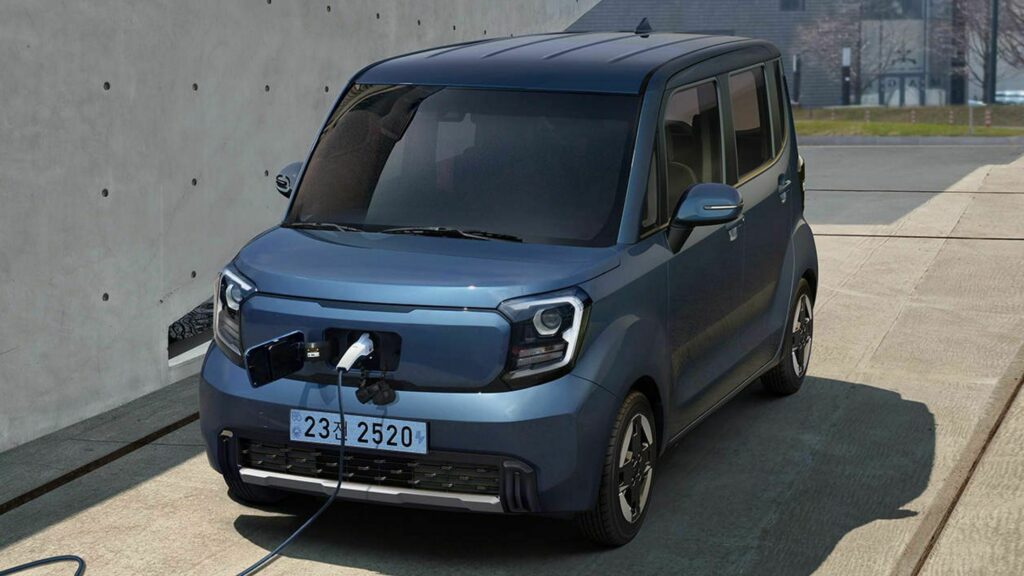
The most significant changes are under the skin, including a new electric motor that produces 86 hp (64 kW / 87 PS) and a new battery pack with a capacity of 35.2 kWh. The latter is good for 205 km (127 miles) of range in the combined cycle and up to 233 km (145 miles) in the city.
Those specs represent a big step up compared to the outgoing model. Kia’s first electric model previously had an electric motor with 67 hp (50 kW / 68 PS) and a much smaller 16.4 kWh battery pack allowing only 138 km (86 miles) of range.
Note that the Kia Ray shares its underpinnings with several other small models from the group like the Kia Picanto, the Hyundai i10, and the Hyundai Casper. As such, we wouldn’t be surprised if the specs of the Ray EV are mirrored by other electric versions in the future. After all, Hyundai has already confirmed it is working on a zero-emission Casper, with a camouflaged prototype recently spotted in Europe.
Styling Upgrades
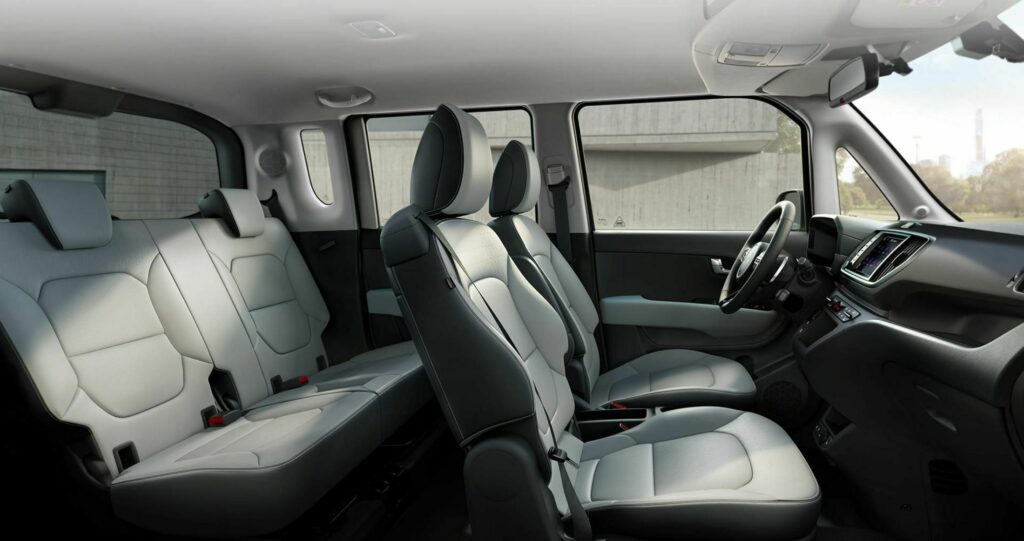
The second facelift of the Kia Ray EV mirrors the extensive visual upgrades applied in the ICE-powered Ray last year. Those include the vertically-stacked LED headlights, the covered grille, the redesigned front and rear bumpers, and the new interconnected LED taillights. EV-specific styling cues include the charging port mounted on the grille and the new wheels.
Inside, the Ray EV inherited a new digital instrument cluster, a more modern steering wheel, and revised climate controls. Furthermore, the lack of a gear shifter makes room for a small storage compartment on the dashboard. All seats are able to fold flat creating a comfy living space and making it the perfect companion for a short camping trip in combination with relevant accessories. There is also an LCV version with one or two seats for those who need a tiny electric minivan for work. Finally, Kia designers added fresh options for the interior trim to keep it relevant.
Pricing for the Kia Ray EV in Korea starts from ₩27,350,000 ($20,253) for the entry-level LCV and tops out at ₩30,800,000 ($22,807) for the full-spec passenger model. Predictably, this is a lot more expensive than the ICE-powered Kia Ray which starts from as low as ₩13,900,000 ($10,288).




